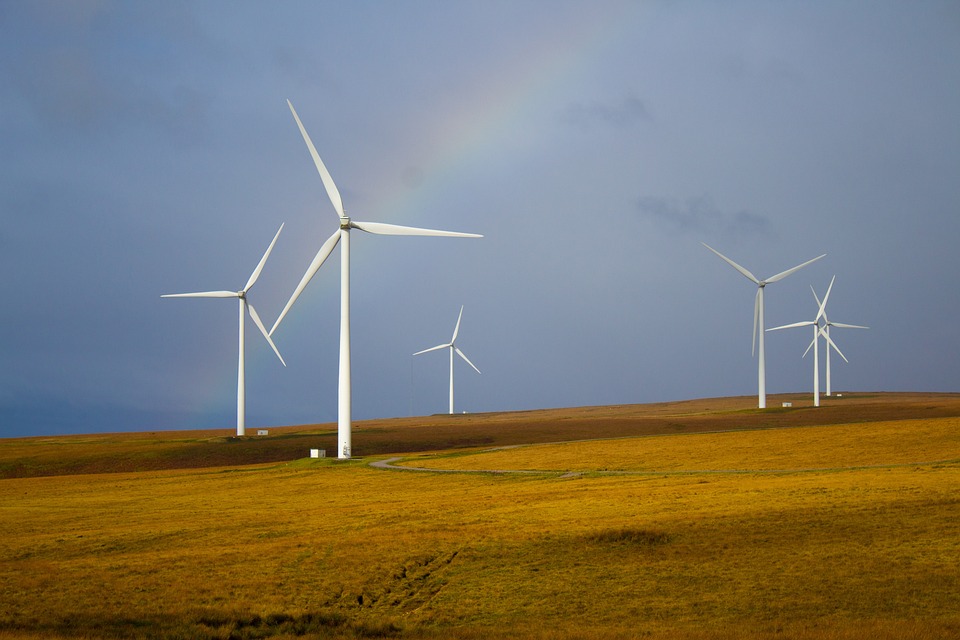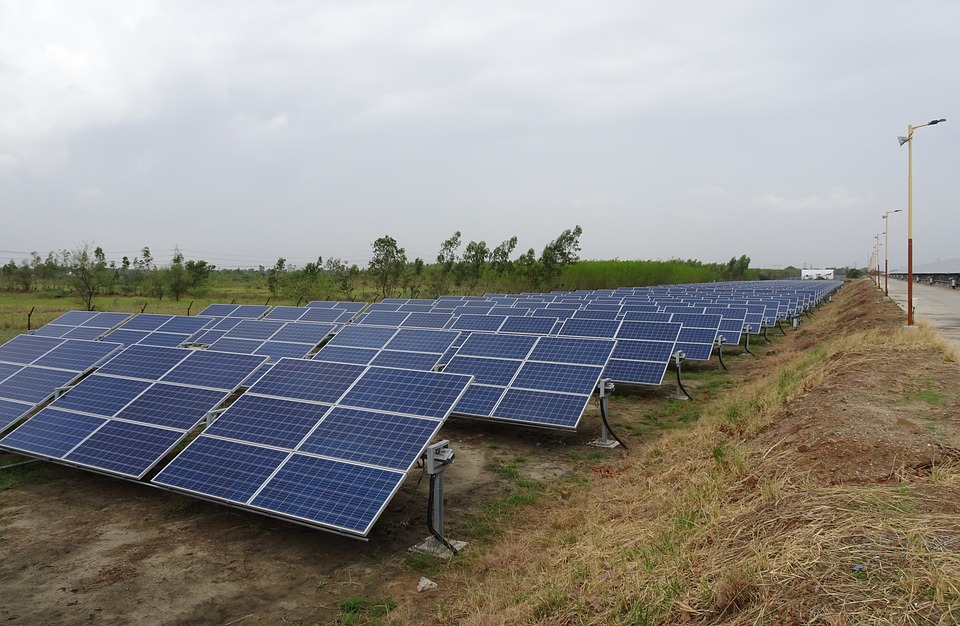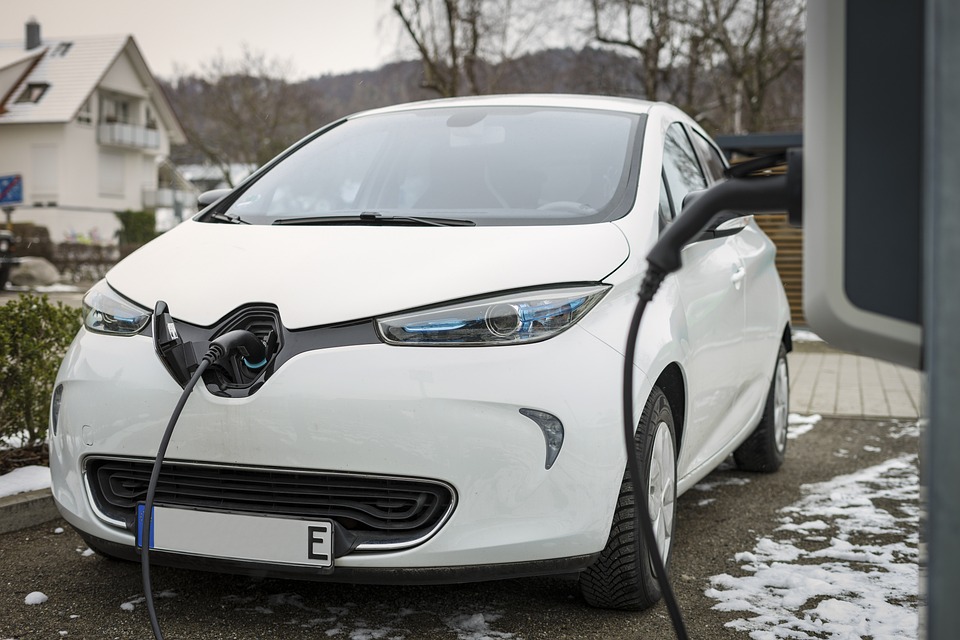[ad_1]
Building a Sustainable Future: Countries with the Most Ambitious Renewable Energy Goals
Introduction:
The increasing threat of climate change has compelled nations around the world to embrace renewable energy as a means to build a sustainable future. Investing in renewable energy can not only mitigate climate change but also reduce energy costs, create jobs, and improve energy security. As the demand for clean energy surges, several countries have set ambitious renewable energy goals to transition to a more sustainable energy mix. In this article, we will explore some of the countries with the most ambitious renewable energy goals and their strategies to achieve them.
1. Germany:
Germany is at the forefront of the global renewable energy transition, aiming to transform its entire energy system into a sustainable one. The country’s flagship policy, the Energiewende, targets an 80% reduction of greenhouse gas emissions by 2050 and a complete phase-out of nuclear power by 2022. Germany aims to generate 65% of its electricity from renewable sources by 2030. The government has implemented feed-in tariffs to incentivize renewable energy production and has heavily invested in wind and solar power.
2. China:
As the world’s most populous country and largest emitter of greenhouse gases, China has recognized the need to transition to clean energy sources. The country has set the target of reaching peak carbon emissions by 2030 and becoming carbon neutral by 2060. China plans to increase its share of non-fossil fuels in primary energy consumption to 25% by 2030. The country is investing heavily in wind, solar, and hydroelectric power, and has become the largest global investor in renewable energy.
3. Denmark:
Denmark is known for its early and successful adoption of wind energy. The country aims to be completely independent of fossil fuels by 2050, embracing a goal of 100% renewable energy. With wind power being its primary source of renewable energy, Denmark currently meets around 50% of its electricity demand from wind turbines. The country encourages community-owned wind farms and offers favorable tax regulations to support small-scale renewable energy projects.
4. Sweden:
Sweden is committed to becoming one of the world’s first fossil fuel-free welfare states. The country aims to achieve 100% renewable energy by 2040. Sweden has been a leader in bioenergy, with about half of its total energy consumption already coming from renewable sources. With significant investments in hydropower and wind energy, Sweden is gradually reducing its dependence on fossil fuels while prioritizing sustainability and energy efficiency.
5. Costa Rica:
Costa Rica stands out as a small country making significant strides towards achieving a renewable energy future. The nation has set the goal of becoming carbon neutral by 2021. Costa Rica’s energy mix primarily comprises hydropower, which accounts for almost 80% of its electricity generation. The country recently broke records with a 300-day streak of running on 100% renewable electricity, demonstrating its commitment to sustainability and becoming an inspiration for other nations.
FAQs:
Q: What are the key advantages of renewable energy?
A: Renewable energy sources offer several advantages. Firstly, they significantly reduce greenhouse gas emissions, combating climate change. Secondly, renewable energy promotes energy independence by diversifying energy sources and reducing reliance on fossil fuels. Moreover, it creates job opportunities, stimulates economic growth, and enhances energy security. Finally, renewable energy sources are generally inexhaustible and provide a sustainable energy supply for future generations.
Q: What are the main challenges in achieving ambitious renewable energy goals?
A: Although ambitious renewable energy goals are crucial for a sustainable future, they come with certain challenges. One significant challenge is the intermittency of renewable energy sources such as solar and wind, as they rely on weather conditions. Energy storage technologies need further development to ensure continuous and reliable energy supply. Additionally, the initial investment costs of renewable energy infrastructure can be high, requiring financial support and policy incentives. Finally, the existing power grid infrastructure may need upgrading to accommodate increased renewable energy integration.
Q: How can individuals contribute to the renewable energy transition?
A: Individuals can contribute to the renewable energy transition in various ways. Firstly, reducing energy consumption in households through energy-efficient practices and appliances can make a significant impact. Secondly, investing in rooftop solar panels or participating in community renewable energy projects can help decentralize energy production. Using electric vehicles and supporting public transportation further reduces dependence on fossil fuels. Finally, individuals can advocate for renewable energy policies, raise awareness about sustainability, and encourage their community to adopt clean energy practices.
Conclusion:
Transitioning to renewable energy is vital for building a sustainable future and combating climate change. Countries such as Germany, China, Denmark, Sweden, and Costa Rica are leading the way with their ambitious renewable energy goals and strategies. As renewable energy technology advances and costs decline, it becomes increasingly feasible for countries, businesses, and individuals to invest in clean energy. By working collectively towards these goals, we can create a greener and more sustainable world for future generations.
[ad_2]



